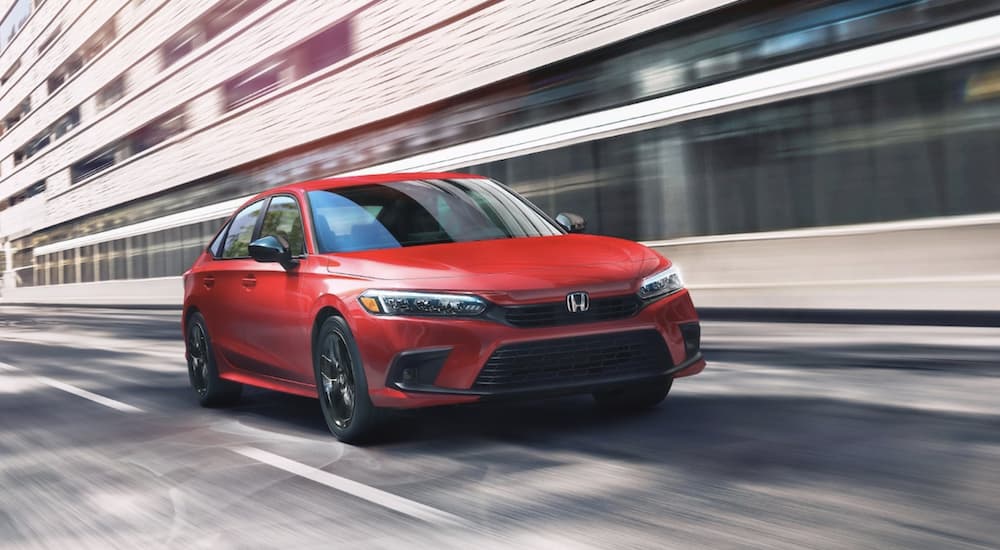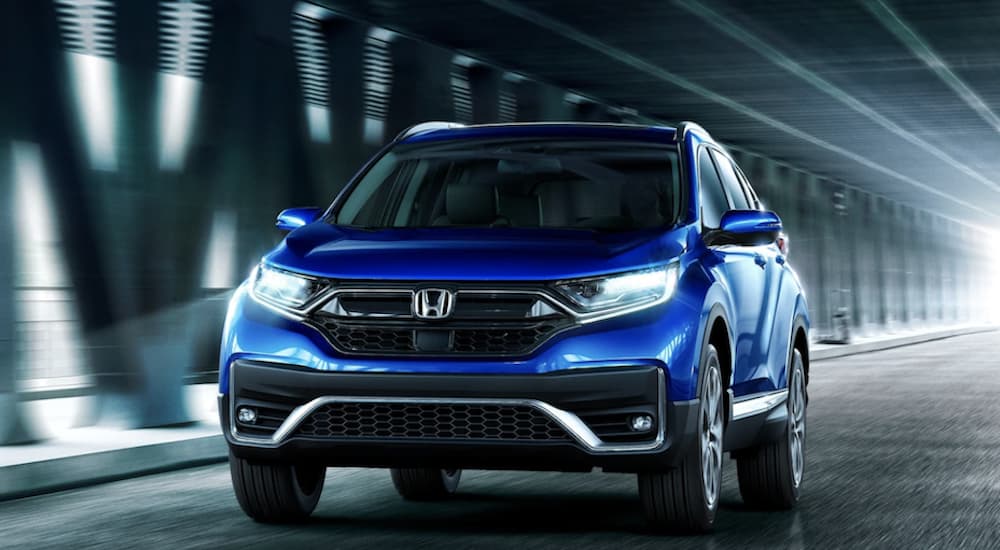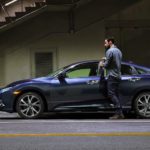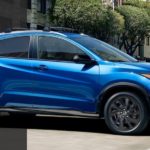When Honda was established in 1949, the emerging Japanese motor company focused solely on building motorcycles. Only ten years later, Honda opened its first US subsidiary in Los Angeles, immediately establishing a style of leadership very different from other auto manufacturers. As the company unfolded its unusual approach to expansion, Los Angeles became the site of the first Honda dealer in the US; only one year after starting its first subsidiary, Honda then created a research and development division completely separate from its manufacturing so it could operate freely. You can now find this brand name everywhere; there is a Honda dealer in Midland, TX, in Nowhereland, and almost anywhere else you may be. This is what makes Honda unique: a multilayered approach to business that allows for innovation, invites true creativity, and then results in high-quality products that command a high value on the market.
Several aspects of Honda’s business model diverge from what most vehicle manufacturers employ across the spectrum of the global market, and few manufacturers enjoy the success Honda has managed in foreign markets. Jeffrey Rothfeder wrote a book called Driving Honda: Inside the World’s Most Innovative Car Company, detailing many of the ways in which Honda turned auto manufacturing on its head. Part of the insight from Rothfeder’s book revolved around Honda’s choice to give autonomy to its subsidiaries so they could produce vehicles according to the local market demand, allowing each manufacturing facility to respond directly to the needs of its region on its own. This style of leadership varies from the top-down approach of most manufacturing, but it’s not the only secret ingredient in Honda’s award-winning sauce.
Assembly Line Flexibility
Along with subsidiary autonomy, Honda built its manufacturing facilities to be capable of switching its assembly lines from producing one vehicle to another in a matter of hours. Called retooling, most companies take months to shift from one vehicle production to another at the same facility. This is typically because automotive manufacturing involves a wide variety of machines that must be adjusted in order to accommodate the building of a different vehicle. In contrast, Honda achieves its flexible production capability through two specific approaches. First, Honda chooses vehicles that share similar parts and patterns to be manufactured in the same plants. This limits the number of changes to be made when switching from one vehicle to another on the assembly line.
Second, rather than using so much automation for assembly, Honda continues to employ humans to build the vehicles that emerge from the plants. The motor company insists that part of what keeps people engaged in the work they do is to know they are integral to the process. Honda chooses to utilize the ingenuity of the people who work on the line to maintain the quality of the final products, which translates into a sense of pride in what the company produces. So, when a manufacturing facility is asked to change its assembly line to respond to the local demand of a particular vehicle like a Civic, the workers can quickly retool and begin production that same day. Buyers then don’t have to wait months for new vehicles to be delivered to dealerships, a win for everyone.
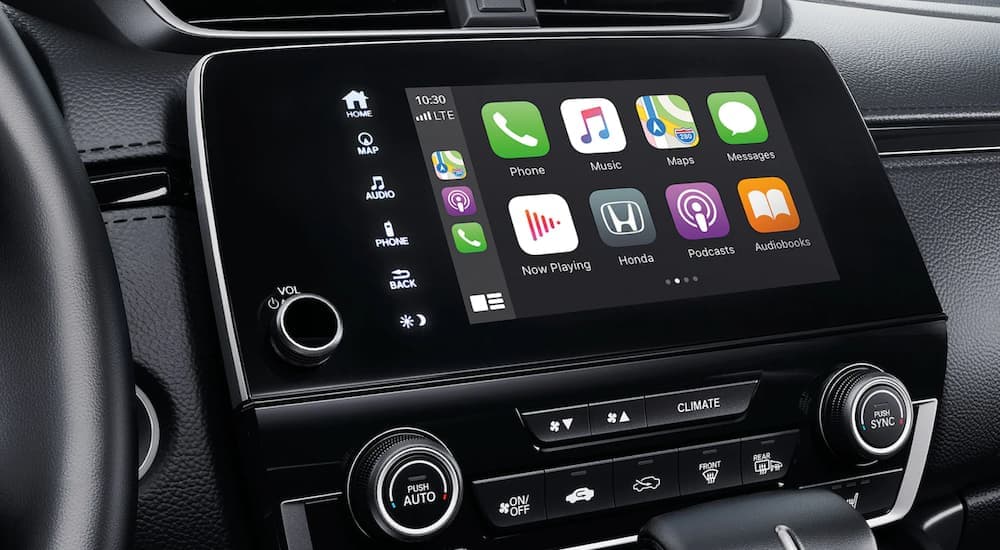
Communication Is Key
Within the network of Honda’s infrastructure, built into the business is the intention to maintain the autonomy of its departments similar to the autonomy of its subsidiaries. Each subsidiary has control over its operations to allow for both factory production to respond to market demands, but also in the choices to tweak designs for vehicles to be sold in their region. Because each market around the globe has different cultural responses to vehicles, Honda understands that the way to give each market what best suits a region is to have local employees helping to guide engineering and design. This then bridges into a natural autonomy of the research and development department to allow for the free flow of ideas so true innovation can occur.
In fact, Honda purposefully designed its company to give full autonomy to all its research and development departments globally in order to achieve its fascinating success. For a time, CEOs of the company chose to shift away from this R&D autonomy, citing the need for more stringent budgeting to keep costs low. The end result was a drop in quality and a loss of sales, so Honda restored its original business model to regain its footing in the market again. As a side note, another facet of its business is to choose from former employees—specifically engineers—to become the CEOs because they are already familiar with the way Honda operates. Typically, this maintains the integrity of the company’s success, with a few exceptions. Generally, innovation is seen as Honda’s strength, rather than anchoring itself to a bottom line.
Within this loose-fitting structure is yet another layer of planning that keeps the employees engaged and focused. Strategy meetings take place daily to encourage creativity and questioning, but also to maintain communication between the departments. Because the departments operate on their own, the strategy sessions help with sharing discoveries or bringing up concerns so all the departments are informed about what each one has accomplished or plans to work on for the day. Again, where most manufacturers would have the R&D separated from its production facility, often hours away from each other, Honda chooses to put all the departments in the same building to ensure these strategy meetings can occur. It means the subsidiaries have the power to improve on any aspect of design, production, and marketing to provide the best products for local demand, and it happens quickly.
Results of Honda Innovation
Thanks to the choice to make autonomy the cornerstone of its operations, Honda has invented a wide range of processes and products that have changed the automotive business forever. One of the most far-reaching inventions to come out of Honda Motor Corporation is VTEC variable valve timing. The VTEC system was developed to make internal combustion engines more fuel-efficient without losing the power of acceleration. Japan taxes engine displacement on vehicles, so Honda responded by inventing variable valve timing for its four-stroke engine, which meant reduced fuel consumption at low RPMs, and more output at higher RPMs. This system was produced in Japanese vehicles for the first time in 1989 when Honda produced the Integra with VTEC engines. The US saw its first VTEC engines in 1991 with the Acura, and VTEC has continued to evolve over the years to become even better at fuel efficiency and output.
In 2008, Honda produced the first hydrogen-powered car with the FCX Clarity, innovating a fresh approach to hydrogen as fuel. Where other companies attempted to use hydrogen to convert energy into powering an electric motor, Honda was the first to actually accomplish the task. Though only 200 hydrogen-powered cars were produced, the leap had a positive effect on the potential for alternative fuel technology. Now, electric vehicles are being produced by most manufacturers in an attempt to reduce and eventually phase out the use of internal combustion engines, albeit with the use of batteries instead of hydrogen as fuel.
Today’s vehicle market is beginning to see a resurgence of another feature used first by Honda: four-wheel steering. GM has introduced the electric Hummer and the soon-to-be-released Silverado, both of which have four-wheel steering, though Honda introduced this first on the Prelude in 1987. The benefit of four-wheel steering is two-fold, with a sharper turning radius at low speeds and improved stability and handling at speeds over 50 mph. While this feature is novel, Honda has created numerous designs that are incredibly useful, like the “magic seat.” Typically seen in smaller vehicles, the lower portion of the rear seat can be folded up so tall items can be transported without having to lay them down. It’s a clever use of space to make small vehicles more practical for daily life.
A Global View with Global Profits
With autonomy and creative problem-solving built into its business practices, Honda has achieved wide-reaching prosperity and influence. Because of the integrity of its leadership, Honda has never posted a loss for its shareholders across the entirety of its operating history. It is one of the biggest producers of engines in the world, with over 20 million gas-powered engines built every year, and profits range at about five percent with consistency. Where Honda sees the most effusive effects of its manufacturing success is in the reliability and longevity of its vehicles which last longer than any other in the industry. Nearly 75 percent of Honda vehicles sold in the last 25 years are still being driven. By any standard, that is a hallmark of quality which spurs loyalty in buyers around the world
